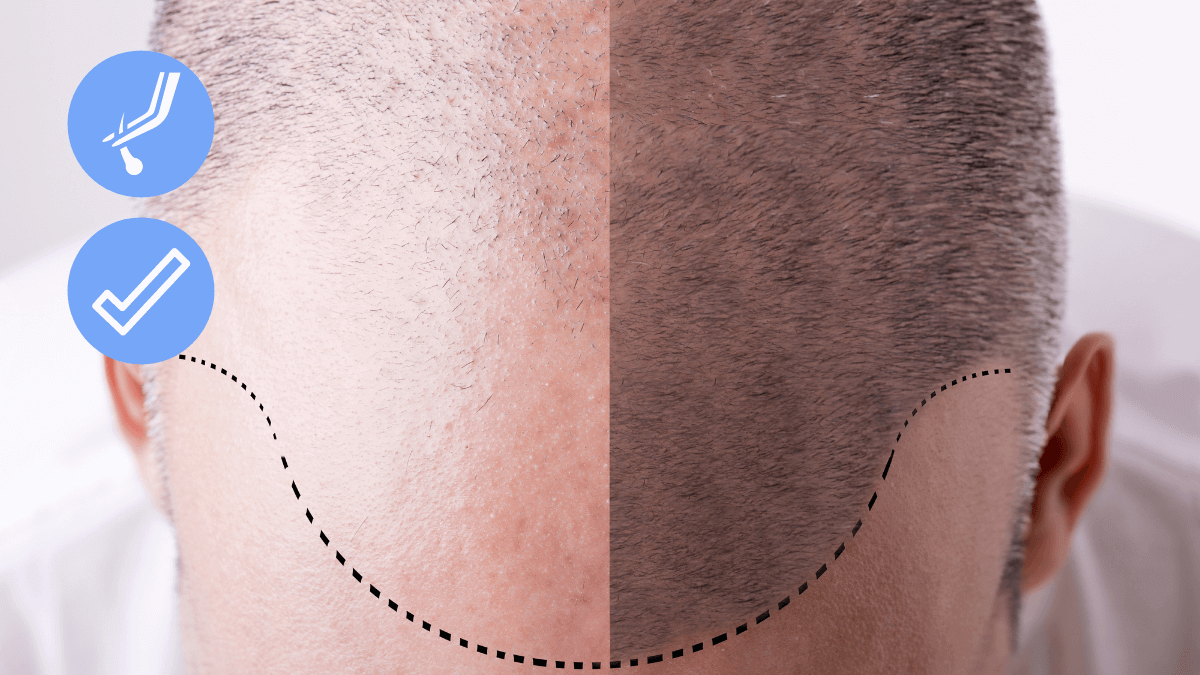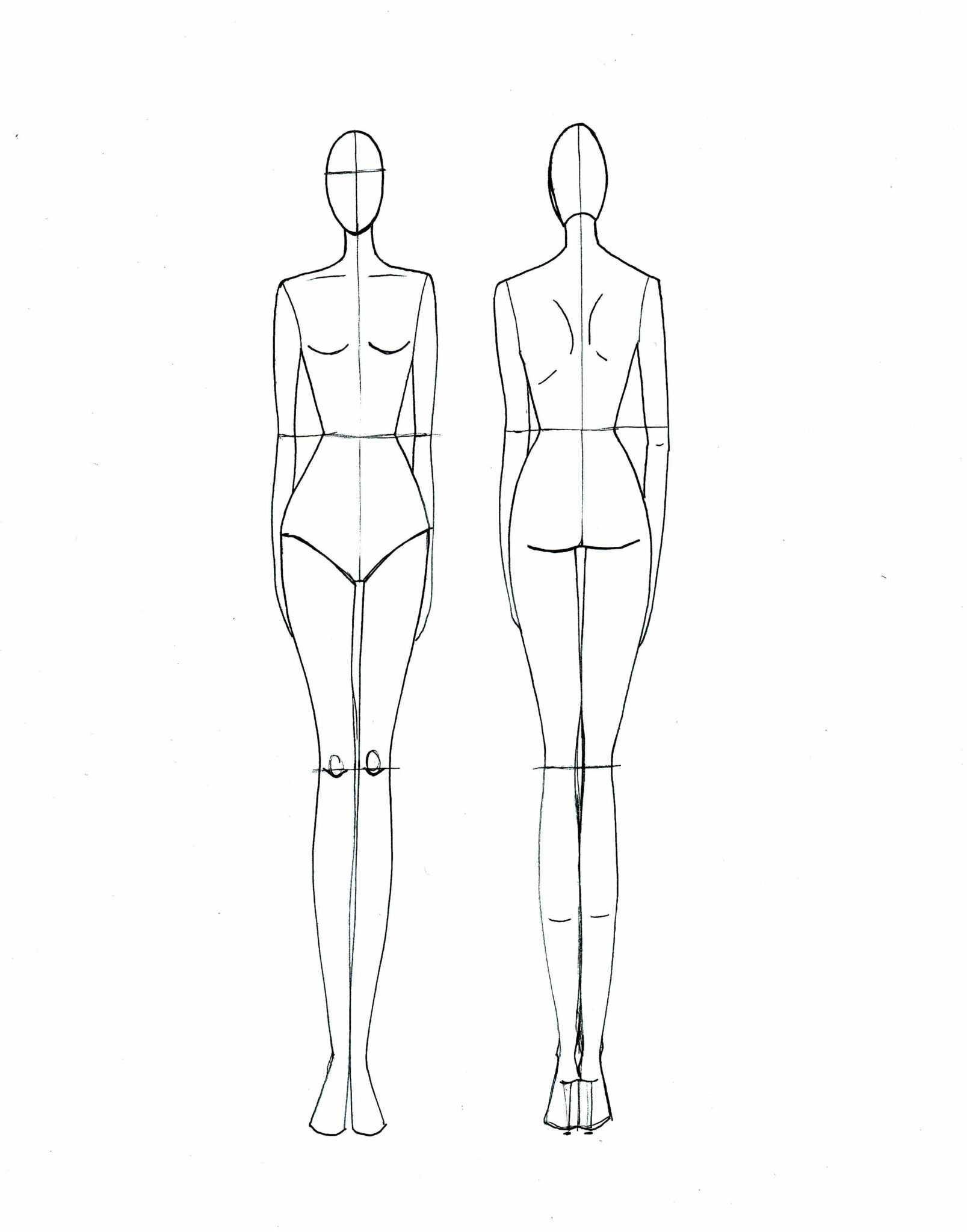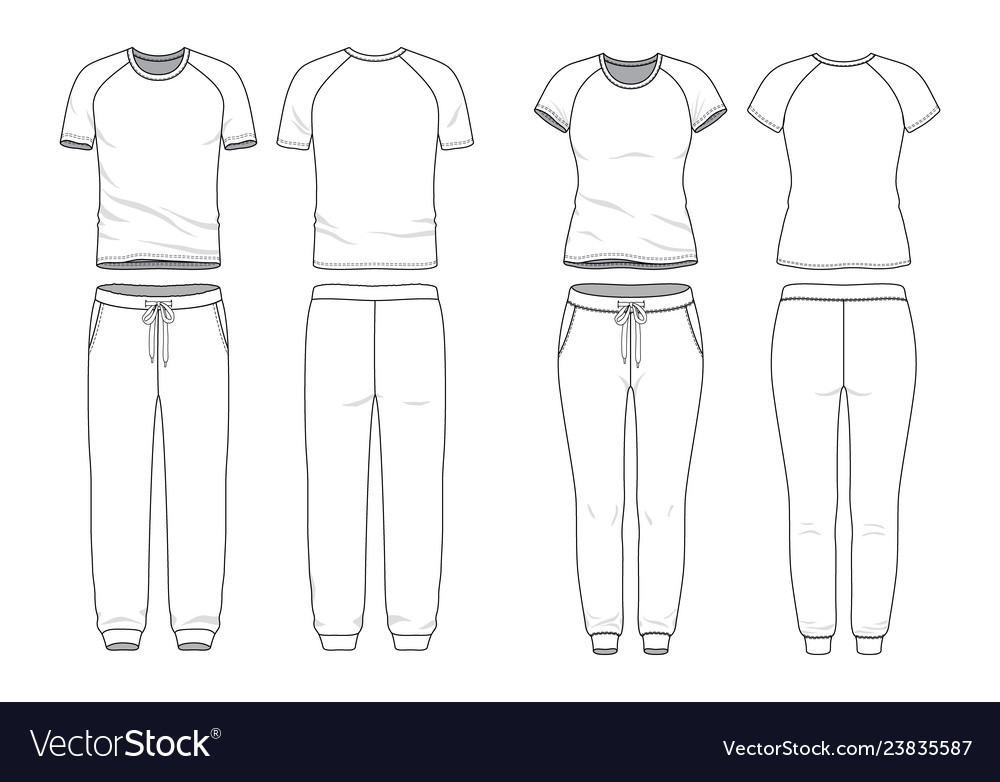Table Of Content
- The Bald Truth: 8 Things You Need To Know Before Getting A Hair Transplant
- How is tissue expansion performed?
- What to expect after a FUE hair transplant
- Everything You Need to Know About Hair Transplants
- The Best Hair Transplant Doctors In The World Today: 2024 Edition
- Hair transplants are not cheap
- Scars

It’s important to know that between two and eight weeks after the surgery, the transplanted hair will fall out. By the third month, the hair may look thinner than before you had the transplant. You can expect a hair transplant to take between four and eight hours. If you are having a large amount of hair transplanted, you may need to return for a few hours the next day.
The Bald Truth: 8 Things You Need To Know Before Getting A Hair Transplant
There is no credentialing process to vet doctors who wish to perform hair transplantation. That’s why it’s essential to do your homework as you consider which doctor to use for this procedure. When your hair transplant procedure is done, it will take some time before you can see the results. As the transplanted sections of hair begin to heal, you may notice that you lose even more of your hair for the first few months. Your provider should reassure you that this is normal and to be expected.
How is tissue expansion performed?
Here are some photos of what you can expect from a FUE hair transplant. You’ll probably start to notice a difference after 3 to 4 months. Some people start balding in their 20s, while others bald much later in life. Improvements in creating the hairline and placing the hairs in the thinning areas also help create natural-looking results. You should be able to return home soon after the procedure is done.
What to expect after a FUE hair transplant
Look for a healthcare provider who specializes in hair transplantation. This may include dermatologists, cosmetic surgeons, and plastic surgeons. Ask for several sets of before and after photos and discuss the method and process of your hair transplant with a potential provider before booking your appointment. To learn more about your hair restoration options and the average hair transplant timeline, The Complete Book on Hair Restoration, to see how great your hair can look. If you’re ready to do something about that bald spot or thinning hair now, schedule a FREE in-person or video consultation with a trained Bosley hair restoration specialist. Together with a Bosley Physician, we can help you find out what’s causing your balding and what treatment solution is right for you.
Everything You Need to Know About Hair Transplants
The area heals with small dots, which your existing hair will cover. Hair loss and thinning hair are a normal part of aging, but they can also occur due to a medical condition or trauma to the scalp. Some people who experience hair loss may choose to have a hair transplant for cosmetic or reconstructive reasons. Hair transplants aim to restore hair growth to areas of the scalp with limited or absent growth. They are effective treatments for many types of hair loss, but they cannot stop future hair loss. Hair transplants can produce hair growth by transplanting healthy follicles to a thinning or blending section of the head.
Does rosemary oil for hair growth really work? We asked 3 dermatologists to find out - CNN Underscored
Does rosemary oil for hair growth really work? We asked 3 dermatologists to find out.
Posted: Thu, 11 Jan 2024 08:00:00 GMT [source]
Our experts continually monitor the health and wellness space, and we update our articles when new information becomes available. Transplanted hair may not grow much or seamlessly match the hair around it for a few months. FUT and FUE may each take several hours to several days to complete. In part, this depends on the amount of work performed by the surgeon. Before starting a transplant, your surgeon sterilizes the area where the hair will be removed and numbs it with a local anesthetic.
You will want to take it easy as much as possible for the first couple of days after surgery. To help the healing process, you should avoid prolonged exposure to direct sunlight and high-impact exercise for at least one week after the procedure. For women, aging and hormonal changes during menopause can cause hair loss. Additionally, tight hairstyles can lead to hair loss in a condition called traction alopecia. Other causes of hair loss for both men and women include trauma, dietary issues, underlying medical concerns, infections, and even an abnormal immune system.

FUT vs. FUE hair transplant
He has endured wigs, laser and ten hair transplants surgeries via different techniques. His website spexhair.com was set up to mentor and counsel others who are experiencing male pattern baldness and considering hair restoration via hair transplantation. Years of research have since been done and in fact, all confirm that hair transplant procedures are proven as a safe and permanent solution for restoring your hair. The National Institutes of Health (NIH) states that the average survival rate of hair grafts is now 90% to 100% when performed by a qualified physician and team. For most people, new growth will be noticeable approximately 3 months after a hair transplant procedure, but it can take up to 12 months to see full results. A hair transplant is a surgical procedure used for people who are experiencing hair loss, most often male- or female-pattern baldness.
Simply put, a hair transplant takes hair you have and transfers it to an area where you don’t have hair. It’s typically taken from the back of your head, but can also be taken from other parts of your body. Because hair transplants are cosmetic procedures, health insurance won’t pay for the procedure. Hair transplants are done to add more hair to an area on your head that may be thinning or balding. It’s done by taking hair from thicker parts of the scalp, or other parts of the body, and grafting it to the thinning or balding section of the scalp.
An FUT may be the right choice for people who need to treat a larger area of thinning or hair loss. The surgeon removes a strip of tissue at one time from the donor area, containing all of the follicles to be transplanted, which can result in better-quality grafts. But when it is performed in clinics without experience in this field, the untransplanted hair might get hurt. Individuals over 19 can perform hair transplantation, provided they meet the conditions, such as having advanced baldness.
There are also other factors to take into account when considering a hair transplant, such as the cost of travel, medications needed after the transplant, and the recovery time. The scalp may be quite sensitive following hair transplant surgery. It will be necessary to wear bandages for a few days, and the doctor may prescribe pain medication, an antibiotic to prevent infection, or an anti-inflammatory to stop swelling. During a hair transplant, hair follicles are taken from the donor area, located at the back of the head between the two ears. This is the safest area because the hair follicles are not affected by the DHT hormone, which causes hair loss. The cost of a hair transplant will vary based on the number of grafts, the technique used, and the qualifications of your healthcare provider.
You may not be eligible for a FUE hair transplant if you don’t have enough healthy or thick hair to transplant to the thinning or balding area. FUE was meant to replace the “classic” follicular unit transplantation (FUT) technique. This procedure was done by taking an entire piece of skin or scalp along with the follicles and transplanting the skin on the target area. Depending on the number of hairs to be transplanted, two to three members of the hair transplant team may help place the healthy hairs into the area that needs hair. Once all the hairs have been transplanted, your scalp will be bandaged and you will be given instructions for at-home care. To find out why you have hair loss, you may also need a blood test.
BioGraft combines Hair Club’s Xtrands+ with Bosley’s Follicular Unit Extraction (FUE) to give you a full head of great-looking hair. Treatment may also be necessary for complications after surgery, such as infection, which can involve spending money on visits to the doctor and additional medications. We'll always connect you with the best clinics & doctors that meet your specific needs. Hair transplants may have one or more of these side effects, which are temporary and should disappear within weeks of the surgery. In addition, realistic expectations are the one condition that all cases above must have.



















